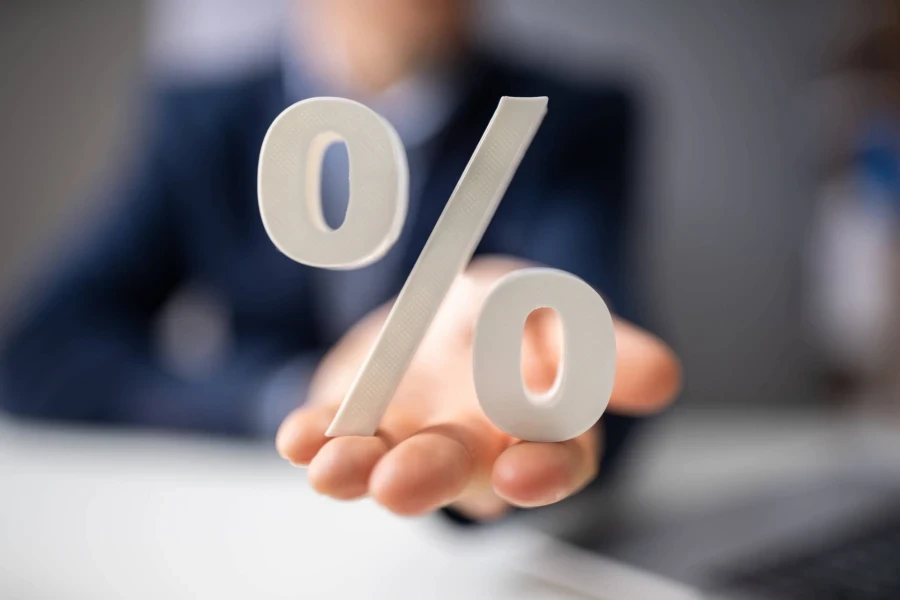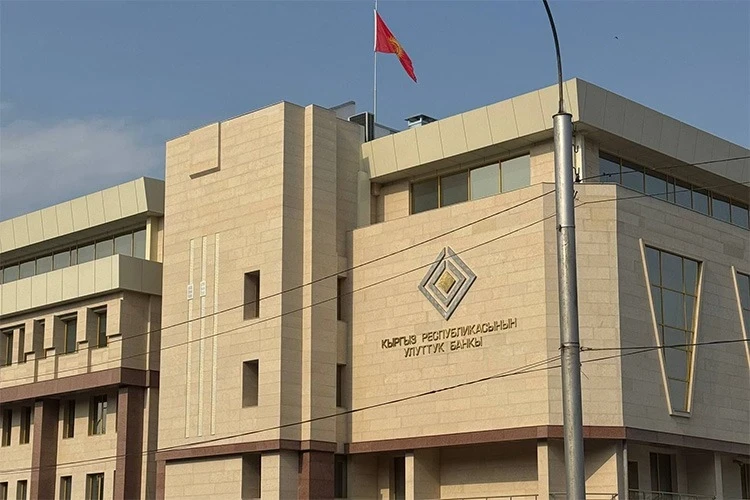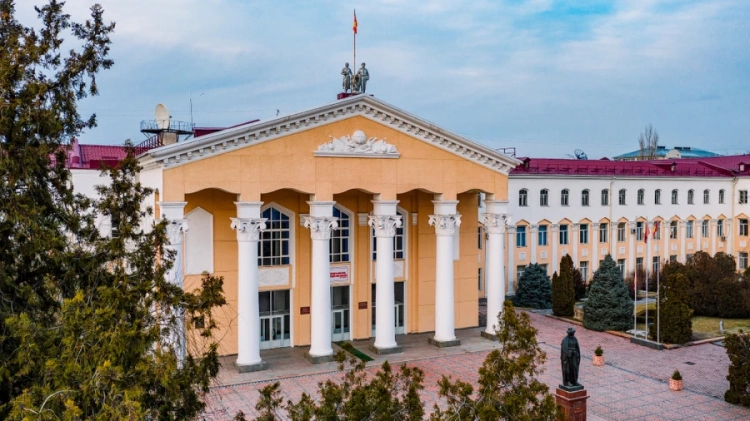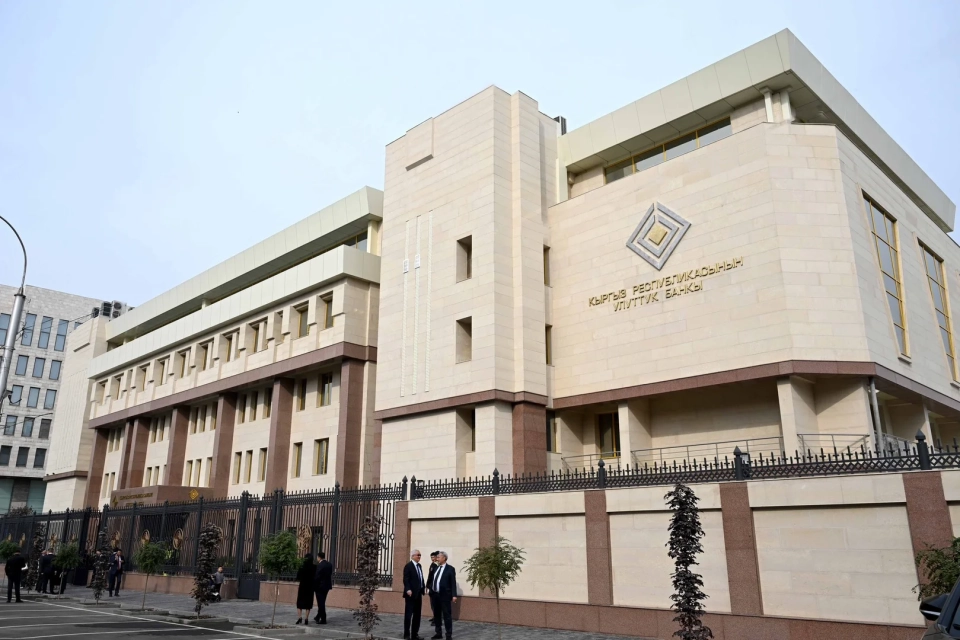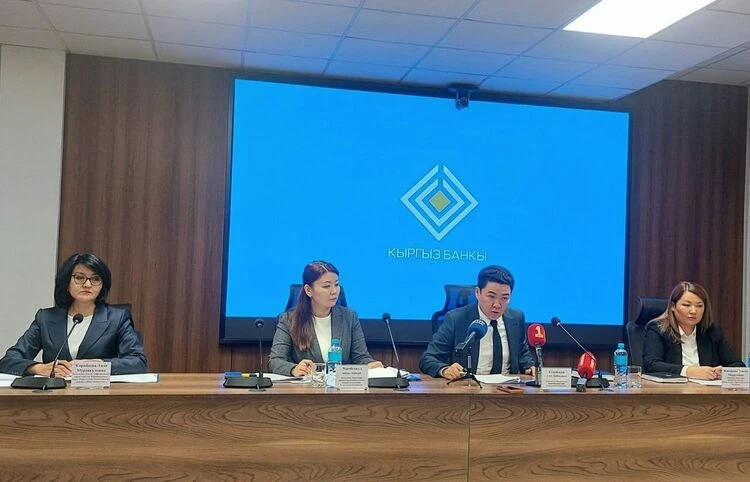
The press conference held in the new building of the National Bank of Kyrgyzstan served as a platform where representatives of the main financial regulator explained why the decision was made to raise the discount rate to 10 percent and presented their economic forecasts for the coming months.
Deputy Chairman of the National Bank Azat Kozubekov emphasized that this decision was driven by external economic factors contributing to increased inflationary pressure in the domestic market.
During the first five months of 2025, inflation remained within target levels, but in May there was an acceleration, primarily caused by external factors.
Azat Kozubekov
Reasons for the Rate Increase
According to data from the National Bank of the Kyrgyz Republic, there is a rise in external inflation risks this year, among which the following are highlighted:
- the tightening of tariff policies in the U.S., leading to fluctuations in prices for food and raw materials;
- a high share of imported goods, due to which external shocks quickly reflect on the domestic market of Kyrgyzstan;
- ongoing inflation in partner countries from which the republic receives a significant portion of goods.
All these factors limit the supply of goods and services, which, in turn, intensifies price pressure, noted Kozubekov.
The National Bank views the rate increase as a measure to mitigate the consequences of external risks and maintain macroeconomic stability.
Inflation Control
Thanks to the actions of the National Bank, the level of inflation in Kyrgyzstan remains relatively moderate compared to other regions.
As of October 17, 2025, the indicators are as follows:
- inflation since the beginning of the year was 6.2 percent;
- annual inflation — 8.4 percent;
- price growth for food — 6.9 percent.
The summer months brought an unusual increase in the prices of vegetables and fruits; however, in the fall, the pace of price growth began to slow down. At the same time, the rise in meat prices forced the government to take measures to combat inflation.
Fuel Prices: Global Influence and Refinery Repairs
One of the most pressing issues for the population remains the rise in prices for fuel and lubricants.
The increase in fuel prices is due to instability in global markets and ongoing repairs at Russian refineries.
Azat Kozubekov
Since the beginning of the year, the price of gasoline has increased by 12.3 percent, while the price of diesel fuel has risen by 8.4 percent.
The National Bank emphasizes that the issue of fuel prices holds an important place in monetary policy, as the rise in fuel prices directly affects the cost of transporting goods and services.
Economic Growth: 10 Percent GDP Increase in Nine Months
Despite inflationary pressure, economic activity in the country remains high.
"As of the end of nine months in 2025, real GDP increased by 10 percent," reported Kozubekov.
- Growth is supported by services, construction, and industry;
- Domestic demand is bolstered by rising incomes;
- Real wages have increased by 10.9 percent, while remittances have risen by 24.1 percent.
Stability of the Currency Market and Interventions by the National Bank
The National Bank continues to support a flexible exchange rate and, when necessary, conducts interventions to reduce sharp fluctuations in the market.
Since the beginning of the year, five interventions have been conducted to sell foreign currency amounting to 416.6 million dollars. "The currency market remains stable, and the money supply is under control," noted the Deputy Chairman of the National Bank of the Kyrgyz Republic.
Growing Reserves of the National Bank
Kyrgyzstan's international reserves continue to increase. As of the end of September 2025, they amounted to 7.55 billion dollars, which is 48.5 percent more compared to the beginning of the year.
"Maintaining reserves at a sufficient level builds trust among investors and serves as a buffer against external shocks," added Kozubekov.
Strengthening Trust in the Banking Sector
The National Bank notes that the financial system demonstrates stability. The loan portfolio of banks increased by 31.3 percent over the eight months of 2025, reaching 447.3 billion soms.
The deposit base also grew by 25.1 percent, amounting to 741 billion soms. This indicates an increase in public trust in the banking sector and a rise in the saving behavior of citizens.
Forecasts and Future Prospects
The National Bank expects that in the coming months, inflation will continue to be shaped by external factors, especially prices for energy resources and food.
"This requires a more cautious approach in monetary policy. The increase in the rate to 10 percent is aimed at maintaining price stability and returning inflation to the target range of 5–7 percent," concluded Kozubekov.
The increase in the discount rate is a signal to the market of the regulator's readiness to act preventively to avoid overheating the economy and sharp price fluctuations.
Kyrgyzstan continues to remain an open economy, influenced by external conditions. However, the National Bank hopes that the measures taken will allow inflation to be kept within manageable limits and support trust in the national currency.

